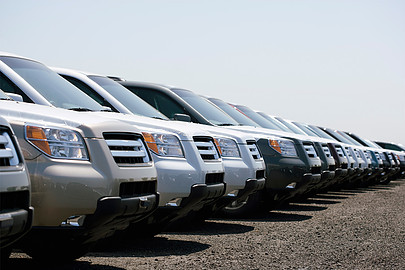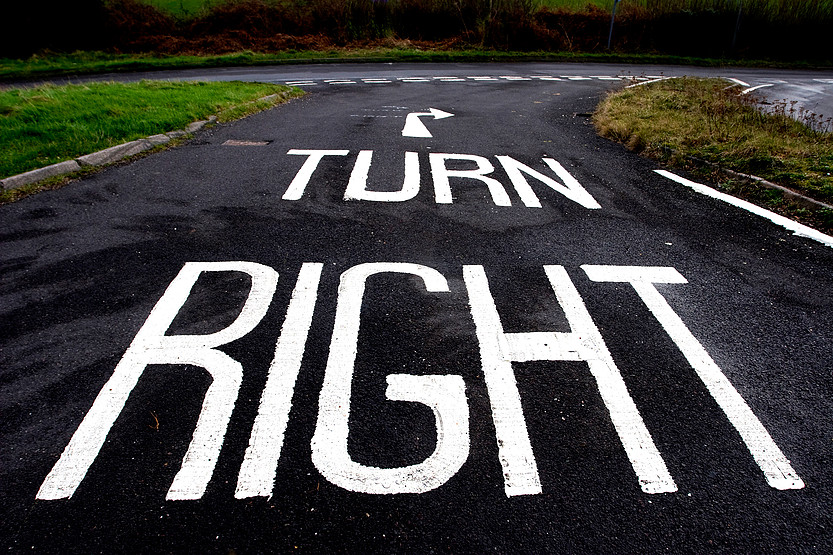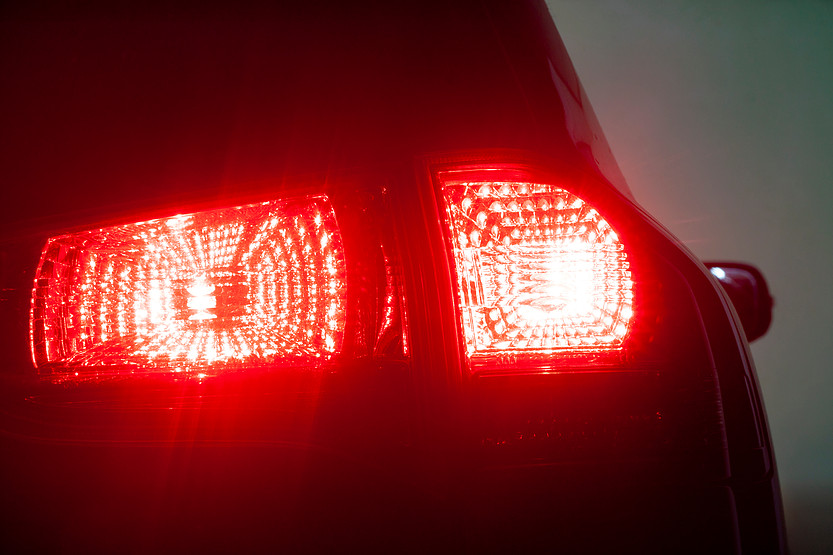The problem with parking, is that it isn’t going anywhere. I know that’s a terrible joke, sorry. This is probably the most requested article, so hopefully you’ll enjoy it, or learn something (I make no promises).
I’ll not add a big spiel as to what this #breakingbadhabits article is about, you can probably guess from the title.

There are a few different bits about parking I’m going to discuss, we’ll start off with my favourite to talk about.
Half & Half
I’ll have to admit, parking on the pavement is one of my biggest bugbears when out on the roads. Specifically, what I mean is drivers putting two wheels (or worse all four) up on the pavement and leaving the car there. Half on, and half off the pavement.
I think most drivers will admit that they’ve done this at least once. It only takes a short trip down to your local shops and you’ll see a multitude of cars doing this. So why do they do it?
In a nutshell, drivers often do this to try and ‘help’ their fellow driver… or what they think is helping. They will put two wheels on the pavement to give more space to passing vehicles. Right about now, if you’re a “pavement parker” you’re saying “YES, GAVIN. I’M TRYING TO HELP”. Ok, no need to shout. In reality however, vehicles parked like this don’t really help. I’m going to paint a picture here; I’m rubbish at painting having dropped Art in school the minute I could, but bear with me…
Imagine we have Bob (see previous articles for the adventures of Bob) driving down a small side road. With me so far? Good (I’m assuming you said yes). Now let’s say there’s a car parked “half on – half off” the pavement on Bob’s side of the road. Will he have to cross the centre line onto the other side of the road to get past it? On about 90% of roads, the answer will be yes. This means that if there were an oncoming vehicle, Bob would slow down or stop to let the oncoming car though, before overtaking the parked car. So… has the car being parked on the pavement really helped anyone? If Bob is going to have to go onto the other side of the road to get past it anyway, surely it should just be parked with all four wheels on the road. Food for thought.
So what’s the harm? Hasn’t caused me an issue parking on the pavement, I hear you say. Well, that may be true. Or it may not be. Realistically, it is not illegal (outside of London at least) to park on the pavement. However, it is illegal to cause an obstruction, and by regularly parking on the pavement unnecessarily you risk causing problems for pedestrians. Especially pedestrians with prams, or in wheelchairs, or blind people with guide dogs who will then be forced to walk on the road to get round your car (or van or lorry or whatever else you’re driving).

- Meet Lucy. A guide dog who has worked over the last few years with her blind owner, Isabel. I spoke to Isabel recently about the difficulties her and Lucy face when navigating past cars parked on the pavement:
“Walking down the street towards my office with my guide dog Lucy, and she comes to a screeching halt. I can’t see what’s ahead, and she can’t tell me there’s a van parked all over the pavement blocking our path. If she could, she’d tell me that if I walk sideways and move carefully I might be able to squeeze past without banging my face on the wing mirror. But she can’t, so she takes the only option available to her and guides me off the kerb and out into the traffic.By parking on the pavement, you are literally putting my life in a dog’s paws. With the reasoning capacity of a two-year-old child, it’s a lot to ask of her.As she guides me around the van and safely back on to the kerb, I hope that no wheelchair user comes down this way as it would be next to impossible to manoeuvre a chair down off this high kerb and back up to safety on the other side.You’re a nice person. If you saw me struggling you’d probably apologise and say you didn’t think. But it would be too late by then.I’ve had a few close calls where it seemed safe to step out and then a vehicle came barrelling up the road.Please think before parking on the pavement and putting me and lovely Lucy, or someone using a wheelchair or pushing a baby buggy or walking on a frame, at serious risk.” — Isabel Holdsworth
I find that quite a poignant insight into this, very often dismissed or diminished, issue and thank Isabel for her comments. Now I’m not going to go all technical and start quoting verbatim from different bits of legislation regarding the use of pavements (if you’re very interested, feel free to search section 72 of the 1835 highways act, rule 145 of the highway code). Yes, I AM fun at dinner parties, thank you very much!
In all seriousness though, if it is actually unavoidable but to park on the pavement (which it really shouldn’t be), than have a think about if there are really any benefits, or about who you might be hindering.
They paved paradise, and put up a parking lot
Now we get onto car parks. On social media, every day, I see a ton of posts about poor parking in car parks. People over a few spaces, not in any spaces, incorrectly in disabled or parent/child spaces. It’s endless.
Unfortunately in this world, there are people who take driving for granted. It is a life skill that requires thought and consideration to achieve properly. Parking is very much a part of that. This article isn’t going to help the people that will blatantly abandon their car sideways across three parking spaces. They are unlikely to be reading this.
What we can think about however is how the everyday driver can help themselves on a daily basis. How many times do you park in a public car park a month? Maybe a dozen? Maybe more? I will make a bet with you – I’ll bet that the majority of people in the car park have driven (nose first) into their respective parking space. Don’t believe me? Have a quick look around next time you visit your local supermarket and count them… ok, don’t actually count them, that would be weird.
My point still stands however. The vast majority of drivers will drive into a parking space, with a view to reversing out when exiting. Now it doesn’t seem like a big deal, you know how to reverse a vehicle after all. The issue here is risk. The visibility towards the rear of the vehicle is significantly less than that out of the front, yet that’s where you’re going to have to rely on when reversing out of a space. This causes an unbelievable amount of collisions per year as it is YOUR responsibility to make sure it’s safe when exiting a parking space, yet this relies on your now very limited vision to avoid reversing out into someone.
This scenario is all too common, but extends to a much more dangerous manoeuvre. The people you’re reversing out of the space towards are likely going rather slowly in the car park, so they have time to react. What about if you’re reversing out of your driveway? You’re not only having to reverse out over a pavement, hoping and praying there’s no child on a bicycle whizzing by, but you also have to contend with much faster traffic than if you were in a car park.

Hopefully, you can see what I’m getting at here. It is nearly always safer to reverse in to drive out of a space (or driveway), so you have the maximum visibility available and can react much better to any hazards. If that’s not enough, it’s also much easier to just drive out (vehicles are much more manoeuvrable in reverse therefore you want that going in). It’s a faster process overall to reverse in and, here’s the icing on the cake…
Imagine the relief in the mornings when you get into your car to go to work and can just drive away rather than starting your mornings by craning your neck, getting stressed and hoping for a big enough gap in the traffic for you to reverse out into and then drive away from. Reverse in, and you can start your day by going forward, not backwards.
That was a long one, sorry! Thanks again to Isabel for her comments on this article. I’d love to hear all your thoughts on this article; parking is always a hot topic. I have much more to talk about on this topic, so it will definitely be revisited in future. Feel free to discuss in the comments section. As usual, if you have any ideas or topics that you would like to see me talk about, get asking.
#driving #blog #breakingbadhabits #parkingperfection #backingup #startgoingforward #driveout #halfandhalf #adventuresofbob #lovelylucy #guidedogs
For blog publishing enquiries, please visit the contact information page to get in touch.



